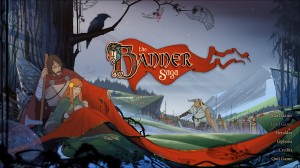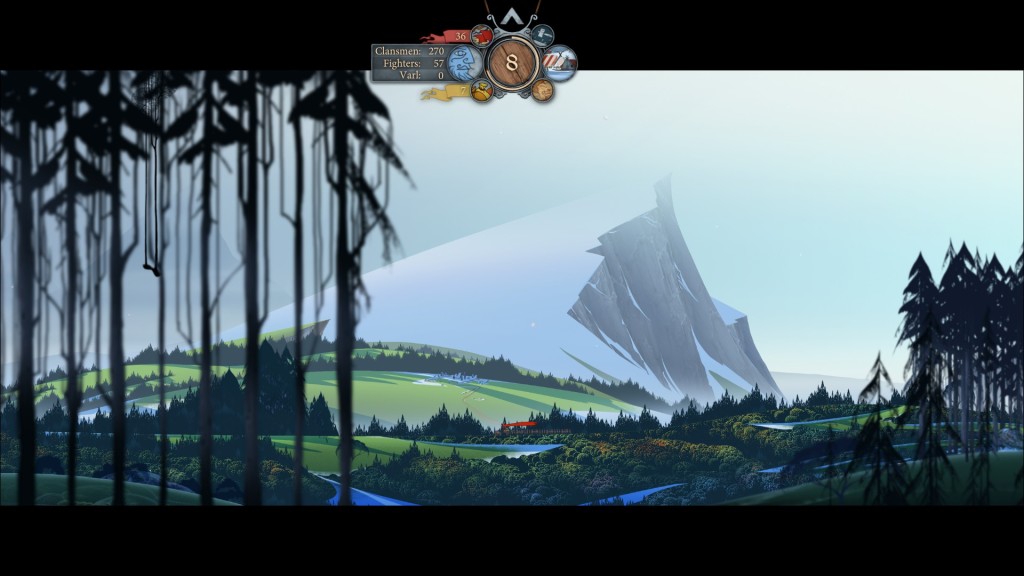While this blog tends to focus on strategy games, there is another genre I love just as much — the JRPG. Their sheer length means I tend to play them in parallel with other games, and I’m still making my way through two I started last year: Ni no Kuni: Wrath of the White Witch on PS3 and Persona 4: Golden on PS Vita. I have an… interesting response to Ni no Kuni; in so many ways it exemplifies the mediocre (and often bad) mechanics for which the genre is infamous, but its world and overall experience are so delightful that I keep coming back. I’m working on a piece about NNK‘s strengths; I hope to share it with you soon.
By contrast, Persona 4: Golden, one part dungeon crawler and one part social simulator, mechanically stands head and shoulders above its peers because it recognises the importance of interesting decisions. P4:G’s story runs to a strict schedule (one in-game year) and there is not enough time to do everything and befriend everyone, so it matters how you spend that time! Its predecessor, Persona 3, did something similar with great success; at the time I wrote that P3 was the most I’d ever roleplayed in a single-player RPG. Here is Jon Shafer’s (of Civilization V and At the Gates fame) take on Persona 4 and its genre; he makes the point that “interesting decisions” and “relaxing game” are not necessarily compatible.
More recently, I’ve tossed two more RPGs into the stew: Playstation-vintage Final Fantasy VIII and the more recent Wii release The Last Story. I used to be a huge FF8 fan — in fact, I’m sitting under a pair of FF8 posters as I type this. Its early 3D graphics have not aged well, but its world still brims with attention to ambient detail — the very thing I love about JRPGs. The Last Story, meanwhile, is from the creator of Final Fantasy but so far — I’m all of 30 minutes in — feels very different, with more action-oriented combat and an emphasis on coordinating with AI teammates. I look forwad to playing more!
Here are this week’s other links:
- The man who got Aeris’ theme (Final Fantasy VII) onto a classical music site. It’s a lovely song!
- Chrono Cross never came out in PAL territories, but this retrospective is tempting me to buy it from the US PSN store.
- If you played Final Fantasy VI, this piece of fanart should make you grin.
- Not JRPG-specific: the heaven and hell of video games. I posted this link years ago, not long after I started this site, but it’s so good I had to share it again.
- Not JRPG-related at all, but very cool: this is an absolutely gorgeous fan map of Midgard, a “Vikings conquer Europe” alternate timeline from the GURPS book I linked last month.



